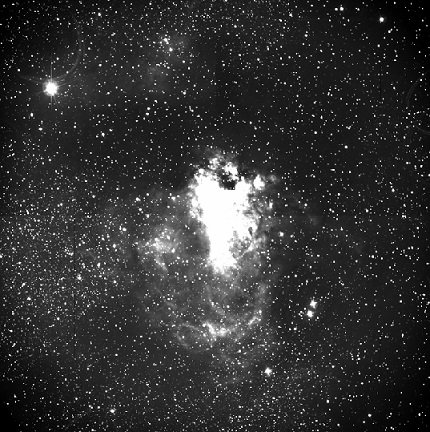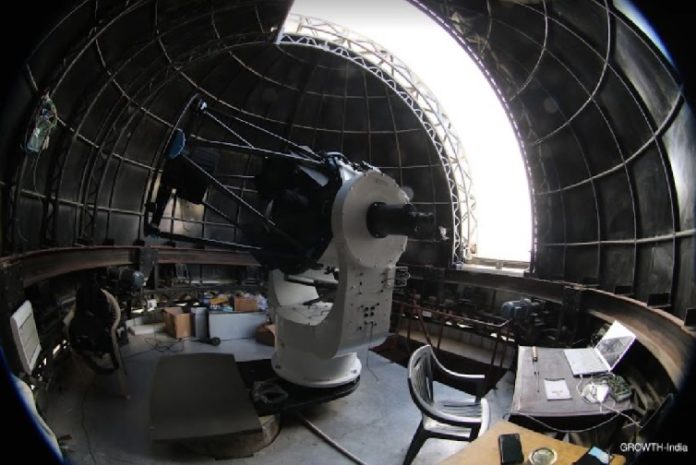India’s newest telescope located at the Indian Astronomical Observatory (IAO) at Hanle in Ladakh has started observing the skies. The country’s first robotic telescope observed its first light of the targeted Messier catalog – a catalog of nearby, bright astronomical sources accessible from the northern hemisphere.
The hemisphere involves different stars, thus allowing for various image quality tests but are also visually stunning. Called GROWTH-India, the office at Hanle is a piece of a multi-nation community-oriented activity known as ‘Global Relay of Observatories Watching Transients Happen’ (GROWTH) to watch transient events in the universe.
The completely robotic optical research telescope is intended to capture cosmic events happening in timescales substantially shorter than light years – years, days and even hours.

Universities and research institutes from the US, the UK, Japan, India, Germany, Taiwan, and Israel are part of the initiative. The primary research objective of the project is time-domain astronomy, which entails the study of explosive transients and variable sources in the universe.
G C Anupama, in-charge of IAO said, “Young astronomers who were in Hanle are excited over the development. Together with partner telescopes strategically located around the world, we can continuously monitor any interesting object in the sky – uninterrupted by daylight.”
The telescope is attached with a sensitive camera equipped for identifying even the faintest transients found by accomplice review telescopes, for example, the Zwicky Transient Facility at Palomar, California. It is also customized to specifically communicate with various ground-based and space-based reviews hunting down transient sources.
The 70 cm robotic telescope joins other larger facilities at IAO in Hanle – the Himalayan Chandra Telescope, the gamma-ray array telescope (HAGAR), and the imaging Cherenkov telescope (MACE). The telescope is expected to generate enormous amounts of data – over one thousand gigabytes in a year.
During an interview with India Science Wire, Anupama said, “Our primary science goals are studying electromagnetic counterparts to gravitational wave sources, young supernovae and near earth asteroids.”
